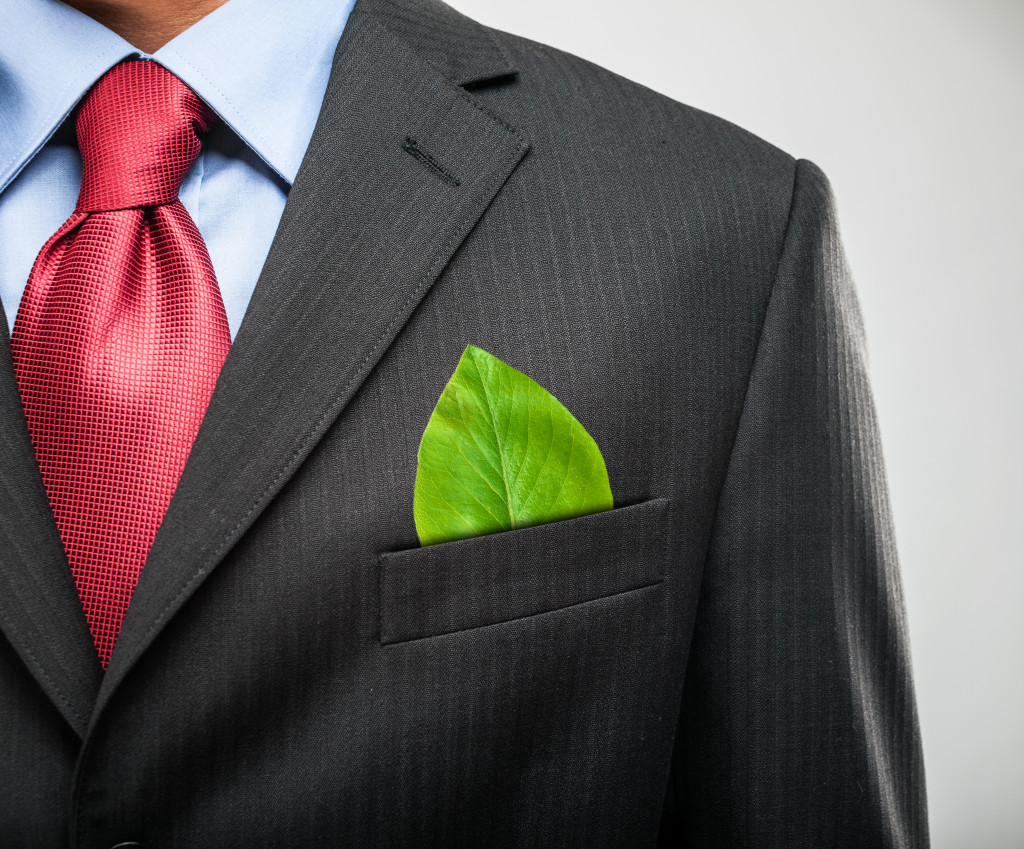- Establish sustainability goals and monitor progress.
- Energy and water conservation, waste reduction, and sourcing sustainable materials reduce environmental impact.
- Build strong relationships with customers, employees, suppliers and the community.
- Develop a disaster preparedness plan to protect your business from natural disasters.
- Embrace innovation to reduce waste, increase efficiency and create new solutions.
Building a sustainable business is good for the environment and helps ensure your business’s long-term success. Companies must consider the threefold implications of sustainability — social, environmental and economic — to guarantee that their operations will provide for current needs without impairing future generations from meeting theirs. Here are five essential steps to building a sustainable business.
1. Set Sustainability Goals
Setting sustainability goals is a critical first step in building a sustainable business. Start by defining what sustainability means to your business and then set specific goals that align with your values and objectives. These goals could include reducing energy consumption and waste or sourcing sustainable materials. Once you have set your goals, create a plan to achieve them and regularly monitor and report on your progress.
2. Reduce Environmental Impact
Reducing your environmental impact is a crucial aspect of building a sustainable business. You can take several steps to reduce your environmental impact, including reducing energy and water consumption, reducing waste, and sourcing sustainable materials. You can also look for ways to reduce your carbon footprint using renewable energy sources, such as solar or wind power. By reducing your environmental impact, you not only help the planet, but you can also save money in the long run.
In addition to reducing energy and water consumption, you can also look for ways to reduce waste. This may include implementing a recycling program or installing more efficient lighting. Switching to LED lighting is one of your business’s best decisions regarding reducing environmental impact. LED bulbs are much more efficient than traditional incandescent bulbs and last up to 25 times longer, so you’ll save money in the long run by replacing your existing bulbs.
3. Build Strong Relationships

Building a sustainable business is essential to building strong relationships with your customers, employees, suppliers, and the community. By listening to your stakeholders and responding to their needs, you can create a culture of trust and respect that supports long-term success. Engage with your customers and the community to understand their needs and concerns and work to address them. By building strong relationships, you can also reduce your risk of reputation damage and build a loyal customer base.
4. Create a Disaster Preparedness Plan
Natural disasters can strike anytime, and a disaster preparedness plan is essential for ensuring your business can survive and recover. Start by identifying the potential risks and hazards that could affect your business and develop a plan to mitigate these risks. Regularly review and update your plan to ensure it remains relevant and effective.
Here are some aspects of your disaster plan you should prioritize:
Erosion Control
Erosion control is an essential part of building a sustainable business. Utilizing professional erosion control helps to ensure that your business can withstand the impacts of natural disasters such as floods, heavy rains and storms. Professional erosion control solutions can help prevent soil erosion, safeguard property from damage caused by water runoff, protect infrastructure and buildings from collapse, and reduce the risk of floodwater contamination.
Flood Control
Flood control measures can help protect your business from the destructive force of flooding. These measures could include maintaining a lower water level in areas prone to flooding, using barriers like levees or dams, and ensuring adequate drainage around your property to direct floodwater away.
Earthquake Control

Earthquakes can cause a lot of damage to your property, so it’s important to have an earthquake preparedness plan in place. This could include retrofitting buildings with steel or other materials to strengthen them against seismic forces, securely anchoring furniture and appliances, and having emergency supplies for use during an earthquake.
Fire Control
It’s essential to protect your business from fire risk. This could include installing smoke detectors, sprinklers, and fire alarms; ensuring all combustible materials are stored safely; conducting regular maintenance on heating systems; and having a plan in place for how to evacuate the building if necessary. An up-to-date disaster preparedness plan can help minimize the potential damage a fire can cause.
5. Embrace Innovation
Embracing innovation is a key element of building a sustainable business. Look for ways to innovate and improve your products or services to reduce waste, increase efficiency, and improve sustainability. You can also look for opportunities to collaborate with other businesses or organizations to drive innovation and create new solutions to sustainability challenges. By embracing innovation, you can stay ahead of the curve and position your business for long-term success.
Innovation can take many forms, from optimizing existing processes to developing new products and services. For example, investing in green technologies such as solar or wind energy can help you reduce your carbon footprint while also helping you save money on electricity bills. You could also explore ways to use local resources sustainably by investing in innovative packaging solutions or developing new ways to produce goods more efficiently.
In Closing
Building a sustainable business requires a long-term commitment to environmental, social, and economic sustainability. By setting sustainability goals, reducing your environmental impact, building strong relationships, creating a disaster preparedness plan, and embracing innovation, you can create a sustainable business that is successful in the long run. Remember, sustainability is a journey that requires ongoing effort and dedication to achieve your goals. By taking these essential steps, you can build a sustainable business that positively impacts the planet and society.

